All about breeding parrots
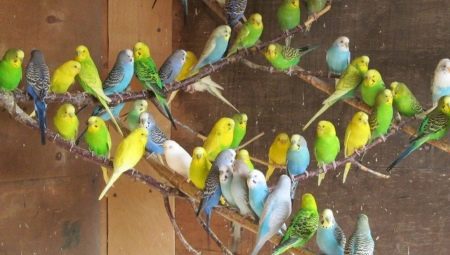
Keeping parrots at home is not difficult, because it represents minimal care and financial investment in various accessories. But reproduction of parrots is not an easy process, and requires some effort on the part of the owners. This article will tell you more about the conditions necessary for the reproduction of parrots.
Popular types
Breeding parrots is an interesting and exciting business, but much depends on the breed of bird itself. Consider the best species of birds that are capable of simple and rapid reproduction.
Budgies
Perhaps there are no people in the world who do not know or have not seen budgerigars. Representatives of this species of birds are cheap, moreover, their maintenance does not require special conditions. For breeding, it is best to choose a male and a female of the same age, but not older than one year. It is noticed that the color of individuals does not affect their mutual sympathy or antipathy to each other. Budgerigars often choose their own feathers to build their nests.
In their natural environment, budgies begin to breed in June. During the mating season, it is necessary to feed the birds with grated shells or chalk. This is the rare case when unfertilized eggs need to be removed from the nest, as sometimes the female can lay quite a few eggs, most of which will not produce chicks.
40 days after hatching, the chicks are expelled by the mother from the nest.
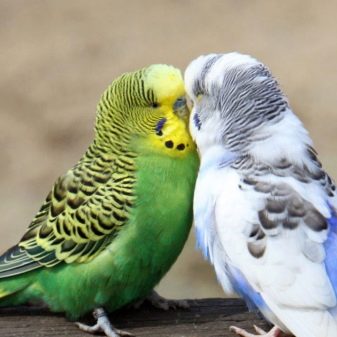
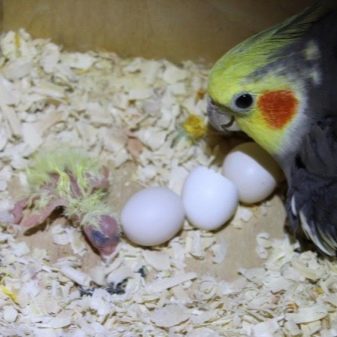
Lovebirds
Especially for them, as a nest, you need to install a house with a size of 20x20 cm, and put several dozen branches there. The female will build her nest from the branches, splitting them into fibers. On average, the period of incubation of eggs is a little more than three weeks.After 40 days, the chicks are driven out of the nest by the mother, but she continues to feed them for the next couple of weeks. Usually breeding periods are from February to May or August to October. These birds do not tolerate increased dryness of the air.
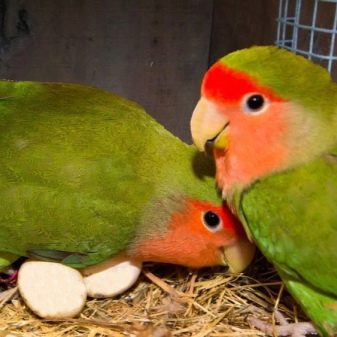
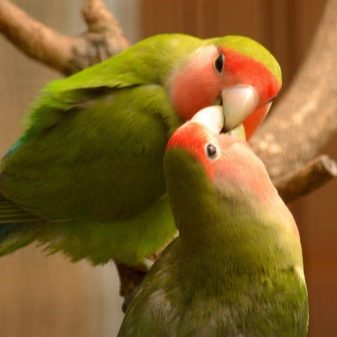
Singers
They are small in stature and in weight, but can be aggressive. First of all, this is manifested in the killing of their offspring in the absence of proper conditions. Usually the male is engaged in the destruction of chicks, therefore such a violent individual must be isolated in time in a separate dwelling. For the same reason, it is best to choose young parrots for breeding. The period of incubation of eggs is 20 days, after another 30-35 days the chicks are fed by the parents (not all males destroy the chicks). The chicks are later driven out by the mother, but she still feeds them for the next three weeks.
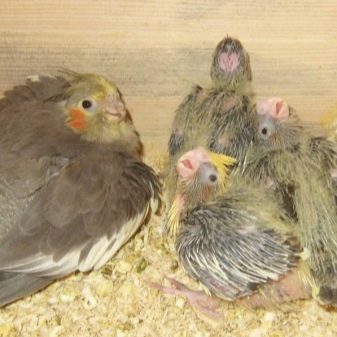
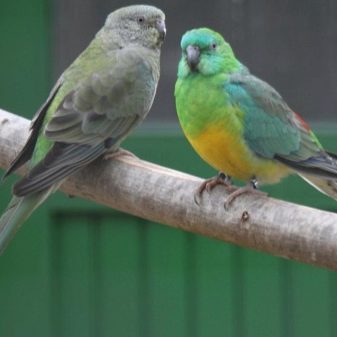
Breeding conditions
One of the clear advantages of breeding and keeping parrots at home is a greater number of laid eggs, and therefore chicks. For example, if in the wild, parrots lay up to five eggs, then at home - from ten to twelve. It should be noted that parrots breed from about the third or fourth year of life... It is by this time that you need to try to create good conditions for successful reproduction.
The first thing to equip a bird dwelling is a nest... If a pair of birds lives in a cage, then only one nest needs to be installed, but if there are several pairs, then the corresponding number. The egg-laying site may look like an ordinary nest, but it can also be built in the form of a small house, mink or mini-shed. You can choose the design to your taste. It is important to equip the socket with a removable cover.
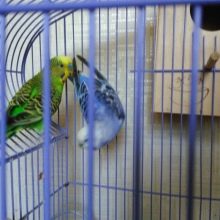
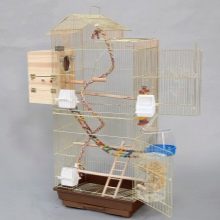
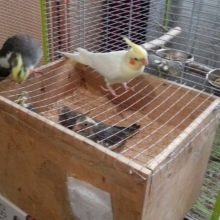
The optimum temperature for breeding birds is 20 to 24 degrees. Humidity should be high - 70%... To create such conditions, it is necessary to additionally purchase a lamp, put sponges with water on the cage, and, of course, purchase a thermometer with a hygrometer. Of course, the cage itself should be spacious for birds. They should move freely along it, without the risk of injury to the wings on the rods.
The most important breeding requirement to satisfy is to mate. The birds must be settled together, and if after a while they began to clean each other's feathers or "kiss", then we can assume that they will soon lay eggs. If their relationship did not work out, then you need to resettle them in different cells as soon as possible.

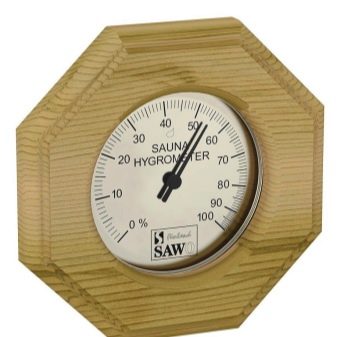
Parrots are monogamous and stay with their chosen partner for life. Of course, it will be best if the parrot chooses a partner for himself. But if a breeder has chosen a partner, then there is nothing wrong with that - it will be enough to make sure that the individuals like each other.
An interesting fact: in their natural environment, parrots begin to reproduce only when there are suitable climatic conditions.
For them, as a rule, there are no certain months for hatching chicks. Sometimes couples do not build nests for several years. In the wild, parrots nest in tree holes.

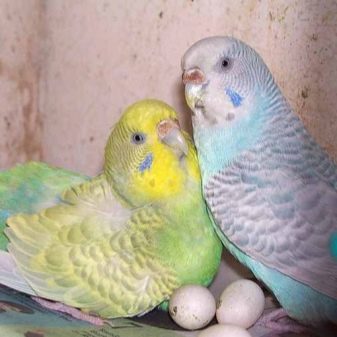
Mating season
As already mentioned, these birds can begin to reproduce at the age of three or four years. But in some breeds, reproduction can begin in a year and a half. It should be noted that the age of puberty in large breeds generally occurs later than in small parrots. Parrots usually start mating around mid-spring. This period can last until the end of summer.
Ideal conditions for the mating season are: 15-hour daylight hours, a temperature of about 25-26 degrees Celsius and an abundance of vitamin-rich feed... It is necessary to gradually increase daylight hours for parrots. For these purposes, a lamp is needed. The temperature must also be gradually brought to the desired temperature.
During the mating season, the male feeds the female, while she can demonstratively open her beak, asking for food. This is a kind of courtship period.If the female squints her eyes and is always near the male, then we can assume that soon both individuals will prepare for laying eggs.
Fertilization usually rarely occurs the first time, so the birds mate within a few days. After a few days, the female will lay the first egg.
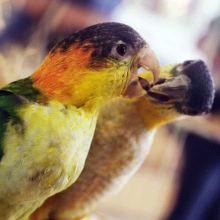
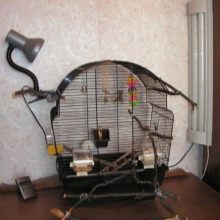
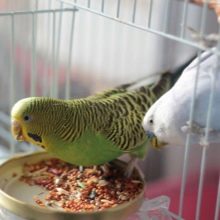
Preparation for laying
It is possible to understand that there is an active preparation for laying, according to the certain behavior of individuals. The male sings briskly, but softly, and the female begins to train material for building a nest and actively weaves it. Usually the "material" for the nest is small sticks, dried grass. After about two weeks of the beginning of the mating season, the female is already able to lay the first egg.
After the female lays eggs, she incubates them for 17 to 30 days. All this time, the male is next to the female and brings her food. After this difficult period, blind chicks of parrots with fluff hatch. It is worth mentioning that the female lays one egg a day, and the chicks later hatch in that order as well.

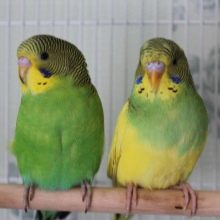
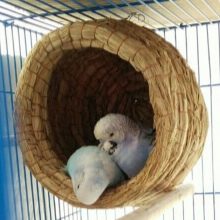
What to feed?
The main food for parrots should be green food. In addition to fresh fruits and vegetables, it is necessary to give them birch and linden leaves. It will be useful to diversify their menu with nettle and dandelion leaves. Some breeds are good at absorbing germinated crops and even boiled eggs. It is they who make up for the lack of vitamin D, and a small weekly dose of fish oil improves the general health of the parrots.
Chalk and crushed shells help individuals with calcium and phosphorus deficiencies. Vitamin K, which is needed by birds just before laying eggs, also needs to be added to the diet, having previously purchased it from a pharmacy or pet store.
As a rule, thin individuals do not feed their chicks, and often do not even hatch eggs. Therefore, before the beginning of the mating season, it is best to fatten the birds, but not to bring them to the state of individuals with great excess weight. Separately, it should be noted that the male and female should be active and not have an unkempt appearance. Constantly wet or disheveled feathers indicate poor health of the bird. In this case, you should not rely on healthy and viable chicks. It is sometimes possible to restore the health of sick birds with proper nutrition.
The basic rule of feeding birds in captivity is always fresh food. It is necessary to remove old feed daily and provide the birds with new and fresh food.


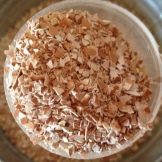
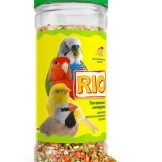
Caring for chicks
After 10 days of incubation, you can see which eggs are fertilized. To do this, it is enough to illuminate each egg with a flashlight. The embryo will be clearly visible in the fertilized eggs. Usually at that time it is a collection of pulsating vessels. If you find an unfertilized egg, then you do not need to throw it away. It is able to warm the rest of the eggs. Thus, you can find out the approximate number of future chicks. In large breeds, this is usually from two to four parrots, and in small breeds, from four to eight. Eggs heavily smeared with natural bird waste should be carefully washed under water.
The chicks begin to peck at the egg from the blunt end. Quite rare, but a case is possible when two chicks (twins) live in one egg. Parrots begin to feed their cubs 12 hours after the first hatch. It is usually not difficult to feed chicks for adults at home. The female regurgitates the absorbed food into the chicks' beaks. There is a widespread misconception about the great appetite of chicks. In fact, they stop asking for food as soon as their goiters are full.
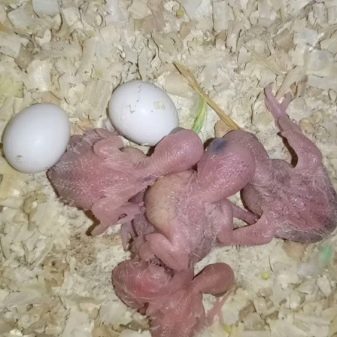

As already noted, eggs are laid one per day, and then the chicks hatch in the same order as the eggs were laid. After hatching, the chicks are blind and have no feathers. A week later, they begin to see, after another 5-7 days, feather rudiments form on them. After half a month, the parrots are covered with fluff, and after another month - with feathers. All this time, individuals feed their chicks with goiter milk.
Usually, the average stay of chicks in the nest for small breeds is a month, and for large breeds - up to four months. 40 days after the chicks have left the nest, they can be transplanted into a cage separate from their parents.
If you are raising parrots in a purely home environment (small apartment), then in no case should you touch the nest with chicks before they are at least 10 days old. In aviaries for professional breeding of parrots, this is allowed, but only in extreme cases.
During this period, it will be best to take particular care of the newly-made parents and their food.
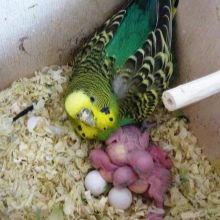
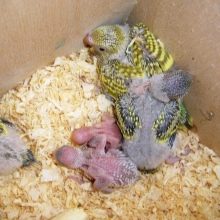
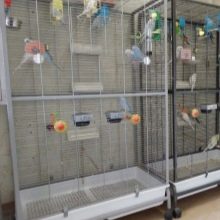
What else is worth knowing?
If you decide to breed parrots at home, there are a few more tips to take into account.
- Some species of parrots can be quite fertile, and hatch chicks several times a year. This can be both inconvenient and a good source of income for the owner.
- An interesting fact: if you remove the nest from the cage, then the reproduction of parrots can be canceled out.
- In some breeds of parrots, the male is also engaged in hatching eggs. He only replaces the female for a while.
- The larger the parrots, the less often they reproduce. Usually, the largest breeds hatch chicks once every two years under suitable conditions, and sometimes even less often.
- It is necessary to remember about the basic hygiene of the birds' habitat. This includes regularly changing water, washing water and feed tanks, collecting waste and waste, and replacing sawdust. Try to disinfect the cage or enclosures as often as your parrots can afford.
- In most parrot species, males become sexually mature before females. For example, in budgerigars, the male is able to give birth as early as 10 months of age, while the female is only 12 months old.
- Almost all types of parrots do not tolerate drafts well. This does not mean that the room in which the aviary or cage is located cannot be ventilated. You just need to make sure that the birds do not fall under the draft.
- It is undesirable, like in other animals, crossing of closely related individuals. And, on the contrary, a distant relationship between a male and a female is capable of producing healthier offspring.
- Sometimes it happens that even if all the conditions are met, the birds still do not reproduce. This can be caused by loud noises, noise and the presence of strangers or animals. The cage should be placed in the corner of the room and, preferably, in a quiet and secluded place, but in no case should the pets be deprived of light. Try to disturb the birds as little as possible.
- If the number of eggs is too large for the female to be able to evenly warm them while incubating, or she has abandoned her nest, then some breeders use specially equipped incubators in which the required temperature and humidity are provided around the clock. Chicks in this case will also be artificially fed.
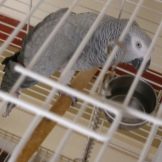
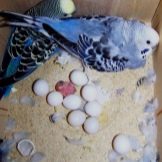
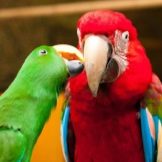
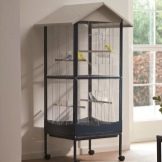
In conclusion, it should be noted that the guarantee of good offspring in all senses is healthy parents. Therefore, you also need to include in your life and regular checks with a veterinarian.
For information on how to breed parrots, see the next video.








